- Under the background of energy transition, the development prospect of hydrogen energy industry is very broad
- In the latest context of European energy de-Russification, green hydrogen status has taken a new level
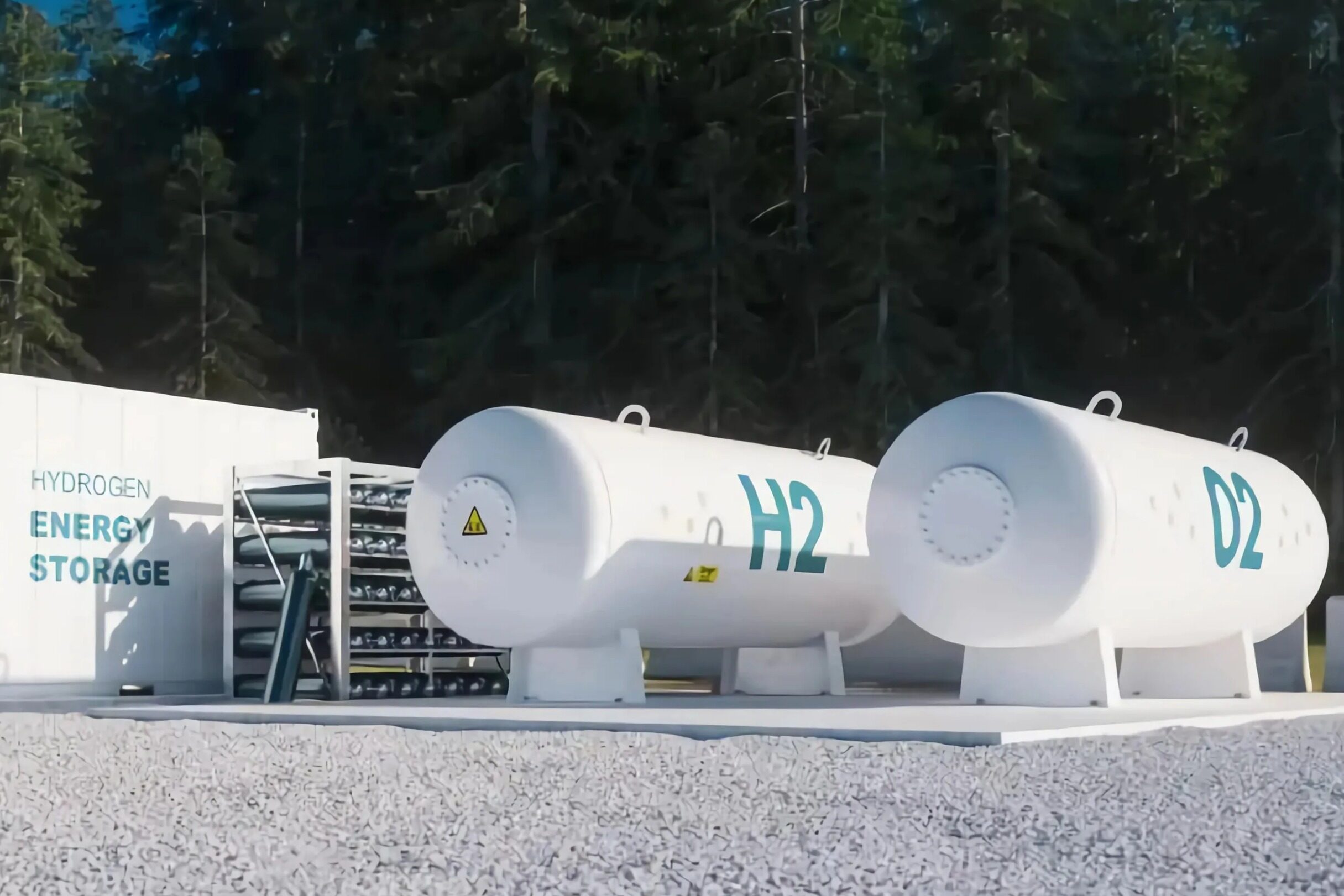
According to a recent report released by the International Hydrogen Energy Council, the total global investment in hydrogen energy is expected to reach $500 billion by 2030. Since the "de-Russification" of German energy policy, German Deputy Chancellor, Minister of Economic Affairs, and Habeck from the Green Party have traveled to all corners of the world. He has been busy purchasing LNG and exploring the development of future green energy cooperation. In late August, Habeck appeared across the Atlantic in Canada, alongside Prime Minister Scholz. The German Chancellor and Deputy Chancellor both went to other countries because of energy problems, which is a rare high standard. This time, Germany and Canada signed a hydrogen energy cooperation intention, agreeing to jointly build a transatlantic green hydrogen supply chain, but the first batch of hydrogen energy supply from Canada to Germany will be after 2025.
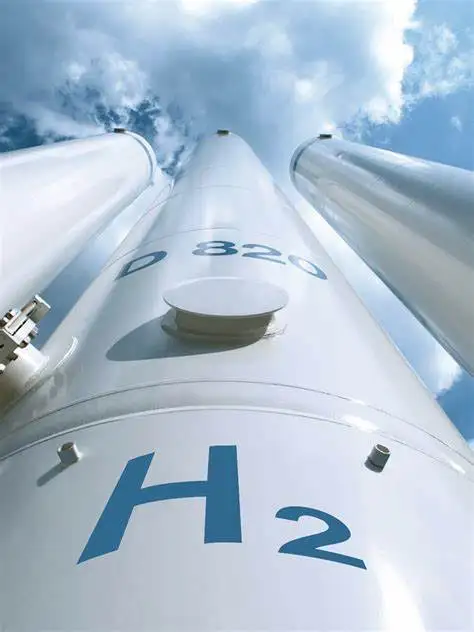
This energy journey is different from Habeck’s previous purchase of LNG in Qatar. LNG is very much like a stress response by Germany to the sudden outbreak of the Russian-Ukrainian war, while hydrogen energy wears the halo of a hopeful star of energy transformation. This time is also different from the hydrogen-seeking trip to the UAE in Habaek. It is also hydrogen energy. The trip to Canada has harvested such things as "finally a visionary energy decision" and "a breath of fresh air in energy policy". One of the focus of these positive reviews is Canada's Western identity, which is an example of Germany's lessons learned from past Russian and energy policies.
In May 2022, Denmark, Germany, the Netherlands, and Belgium, the four countries along the Atlantic and North Sea coasts, signed a cooperation agreement on the development of offshore wind farms and green hydrogen, setting the goal of building Europe's own green power plants and using wind power for large-scale production of green hydrogen. . These North Sea littoral countries want to use the North Sea as a base to complete their grand plan to replace fossil energy, including Russian energy, through offshore wind power and green hydrogen.
On the same day, the European Commission announced the REPowerEU plan for energy de-Russification and green energy transformation. In terms of green hydrogen, the goal is to achieve 10 million tons of local production and 10 million tons of imports by 2030 to replace decarbonization difficulties. Natural gas, coal and oil in industry and transportation.
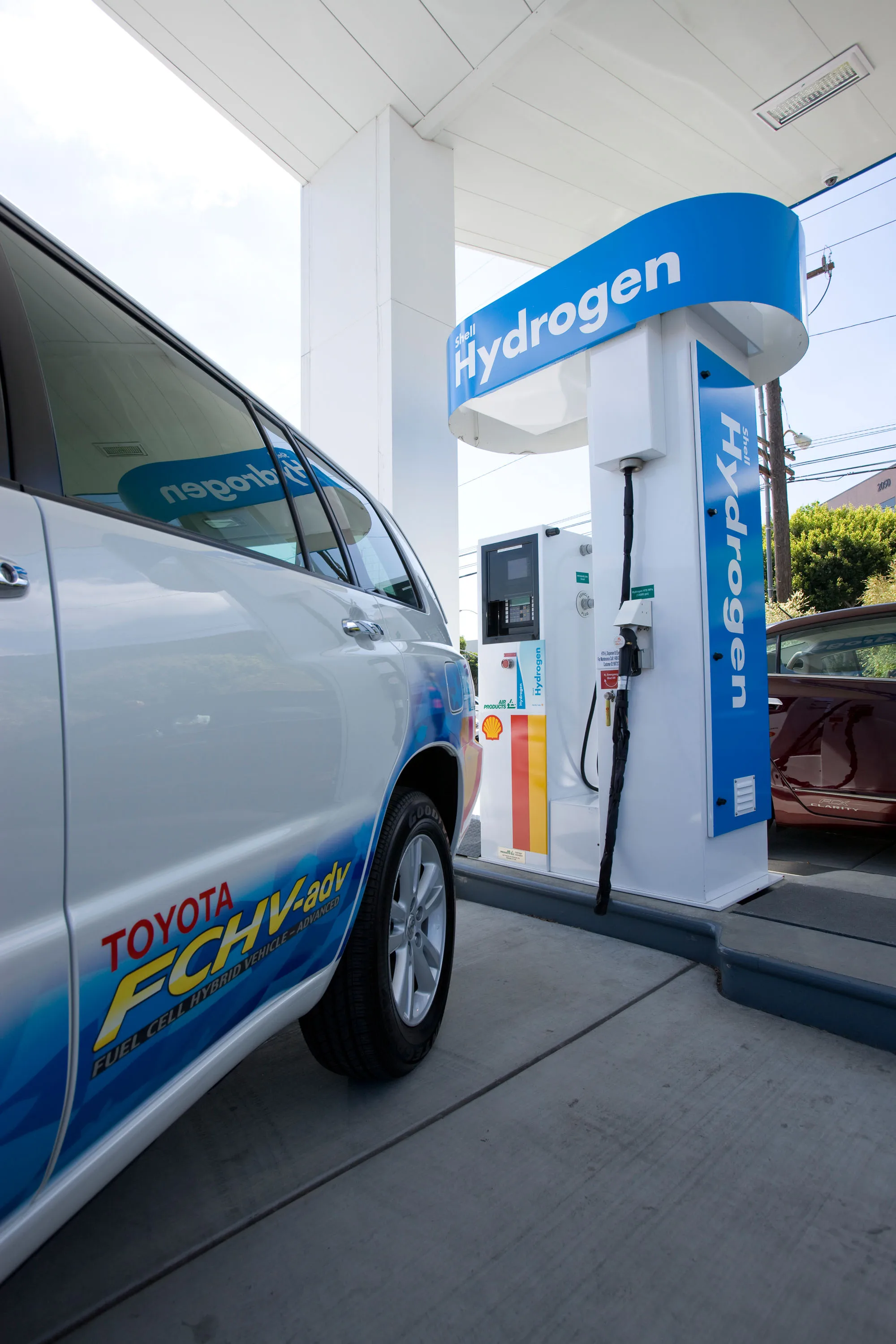
The switch of Germany and the EU to hydrogen energy is not a temporary initiative, and the cooperation between Germany and Canada in hydrogen energy is only a tiny step taken by Germany to achieve the strategic goal of hydrogen energy. Under the general trend of reducing dependence on fossil energy, Germany has long designated green hydrogen to play a key role in Germany's energy transition, and under the latest background of energy de-Russification, green hydrogen's status has taken a higher level. Building, under the "two modernizations", the sky is in charge of green hydrogen.
Hydrogen energy can be either an energy fuel, an industrial raw material, or a form of energy storage. However, there is still a lot of room for discussion about how much hydrogen, still expensive, can play in the energy transition. The consensus in Germany is that hydrogen is essential on the road to industrial decarbonization.
The hydrogen energy strategic plans of Germany and the European Union were both released in 2020, while China announced the "Medium and Long-Term Plan for the Development of the Hydrogen Energy Industry (2021-2035)" in March 2022. Compared with China's three-pronged approach to gray hydrogen, blue hydrogen and green hydrogen, which ranks green hydrogen at the back, Germany pays more attention to green hydrogen.
Green hydrogen depends on whether the electricity used to electrolyze water to produce hydrogen comes from renewable sources
In green power generation, Germany mainly relies on solar energy and wind energy, especially wind energy. That said, the development of green hydrogen in Germany largely depends on wind power, especially offshore wind power. According to the Federal Statistical Office, in 2020, wind energy produced locally in Germany and connected to the grid surpassed coal power for the first time, becoming the most important source of electricity generation in Germany, accounting for 25.2%. In 2021, due to the weather, coal power will surpass wind power again. In the first quarter of 2022, coal-fired power remained the first, followed by wind power, while natural gas power and nuclear power decreased significantly.
In July 2022, the German Bundestag passed the revised Onshore Wind Energy Act and the Offshore Wind Energy Act to achieve 80% renewable energy generation in Germany by 2030 and the grand goal of GHG neutrality by 2045 Under this, speed up the construction of wind power.
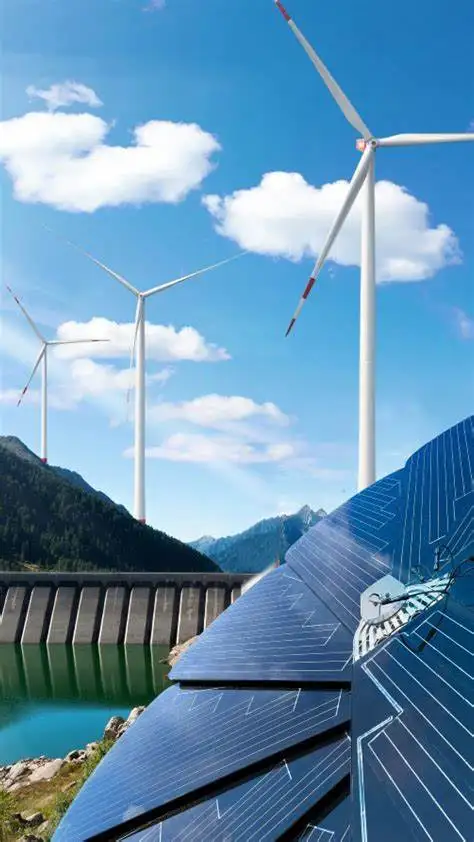
In terms of onshore wind power, according to the target of the revised version of the "On-Road Wind Energy Act", by 2032, 2% of Germany's land area should be used for wind energy construction. At present, 0.8% of Germany's land area is used for wind power planning, but in fact, only 0.5% of the area is available for disposal. According to FA Wind, an onshore wind energy research institute, as of the first half of 2022, there are about 28,300 wind turbines in Germany, with a total installed capacity of 56.7 GW.
Although wind energy is clean, it is intermittent and unstable, especially onshore wind energy. Moreover, the bidding regulations and approvals for wind power projects in Germany are complex and cumbersome, and there are also various conflicts of interest and contradictions. There are strict regulations on the distance from residential areas, and conflicts between wind power construction and historical relics protection are also frequently reported. The German Association for the Economics of Wind Power estimates that about 10% of wind power projects currently in the approval stage have been stranded for historical reasons, equivalent to 1 gigawatt of installed capacity. In Germany, there are about one million protected historical relics, which are often linked to wind power construction. It seems that climate protection and cultural relics protection are really incompatible. After the revision of the "Onshore Wind Energy Law", the local federal states are faced with the problem of dealing with the completion of the wind power acreage target and various contradictions. The above-mentioned Canadian supply of hydrogen energy to Germany will come from Newfoundland and Labrador and other places. The region is rich in wind energy resources and sparsely populated, which will save a lot of trouble in terms of policy or conflict of interest.
In terms of offshore wind power construction, the amendments to the Offshore Wind Energy Law set targets for installed capacity of 30 GW by 2030, 45 GW in 2035, and 70 GW in 2045. According to the industry platform Offshore Windenergie, by the end of 2020, there were about 1,500 offshore wind turbines connected to the grid in Germany, with a total capacity of about 7,700 MW, while the total offshore wind power generation in 2020 was 27 billion kWh, an increase of about 10% year-on-year. In addition to wind power itself, the amendment also has special preferential treatment for green hydrogen: from 2023, 500 megawatts of wind power will be used to produce green hydrogen during the annual tender for a period of 6 years, so as to ensure the development of green hydrogen.
According to the German National Hydrogen Energy Strategy, the current consumption of hydrogen energy in Germany is about 55 terawatt-hours per year. Since hydrogen energy used especially in petrochemicals is partly produced as a by-product in other production processes, the hydrogen energy currently consumed cannot be completely replaced by green hydrogen. The federal government expects hydrogen demand to be around 90 to 110 terawatt-hours per year by 2030. To partially meet this demand, Germany needs production facilities with a total power of 5 GW by 2030, including the necessary offshore and onshore power generation facilities, which is equivalent to 14 TWh of green hydrogen production, which can be The regenerative power is up to 20 TWh. By 2035, or no less than 2040 at the latest, the total power of green hydrogen production will increase to 10 GW, that is, green hydrogen production will increase to 28 TWh. Compared with the EU's hydrogen energy strategic goals, Germany's goals are relatively conservative. If the EU's goals are divided according to the GDP of member states, by 2030, Germany should achieve 82.5 terawatt-hours of green hydrogen production per year.
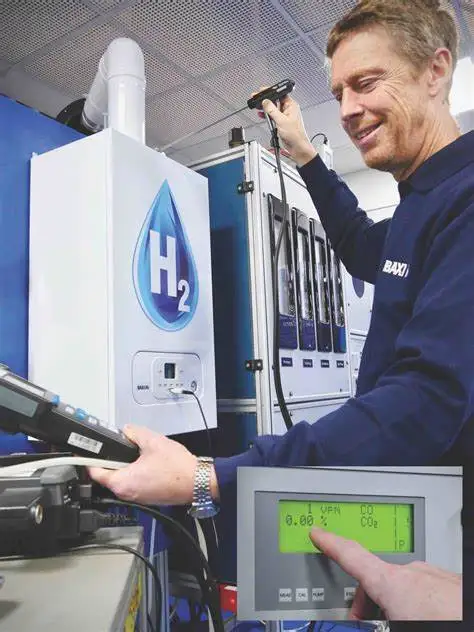
Given Germany's limited renewable energy sources, Germany will import large amounts of hydrogen from countries rich in solar and wind resources. Last year, Germany launched the H2Global fund, which aims to promote links between foreign hydrogen suppliers and German buyers, for which the German federal government gave a budget of 900 million euros.
Agora Energiewende, an energy transition think tank, analyzed Germany's climate path in "German Climate Neutral 2045" and believes that it is possible to advance from the previously set 2050 to 2045 to achieve GHG neutrality. Among them, hydrogen energy will play an important role. In Germany, zero-carbon hydrogen demand will increase to 63 TWh in 2030 and 265 TWh in 2045. In terms of production, in 2030, about 30%, or 19 TWh, will come from Germany, and 70% will come from imports. In 2045, 36% will come from the country, and the remaining 64% will be imported.
No matter what the development path of hydrogen energy is, it will not change the situation of Germany as a major energy importer, but the energy imported in the future will be different, and the import source country will also be different. Editor / Xu Shengpeng
Comment
 Praise
Praise
 Collect
Collect
 Comment
Comment
 Search
Search





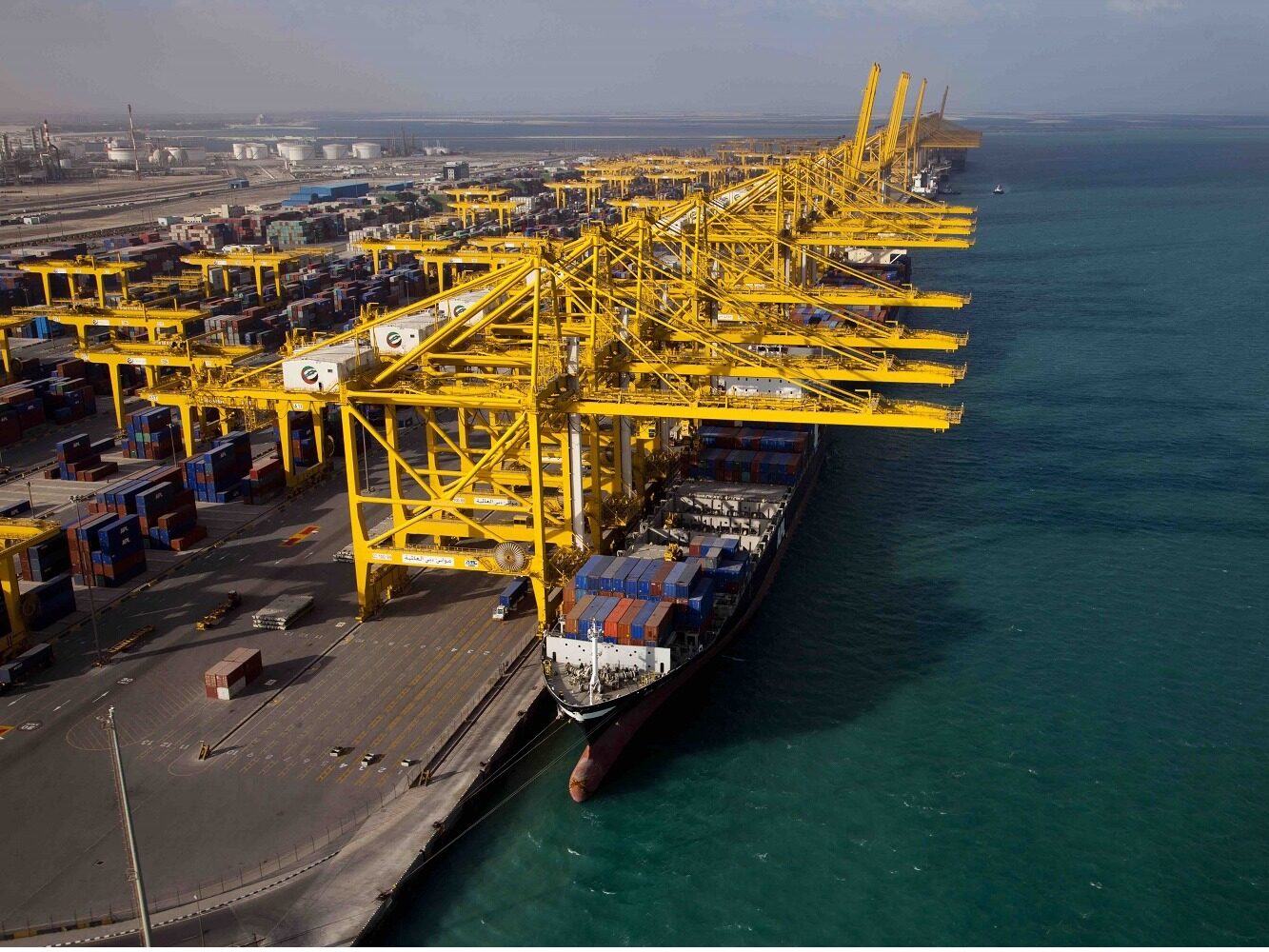
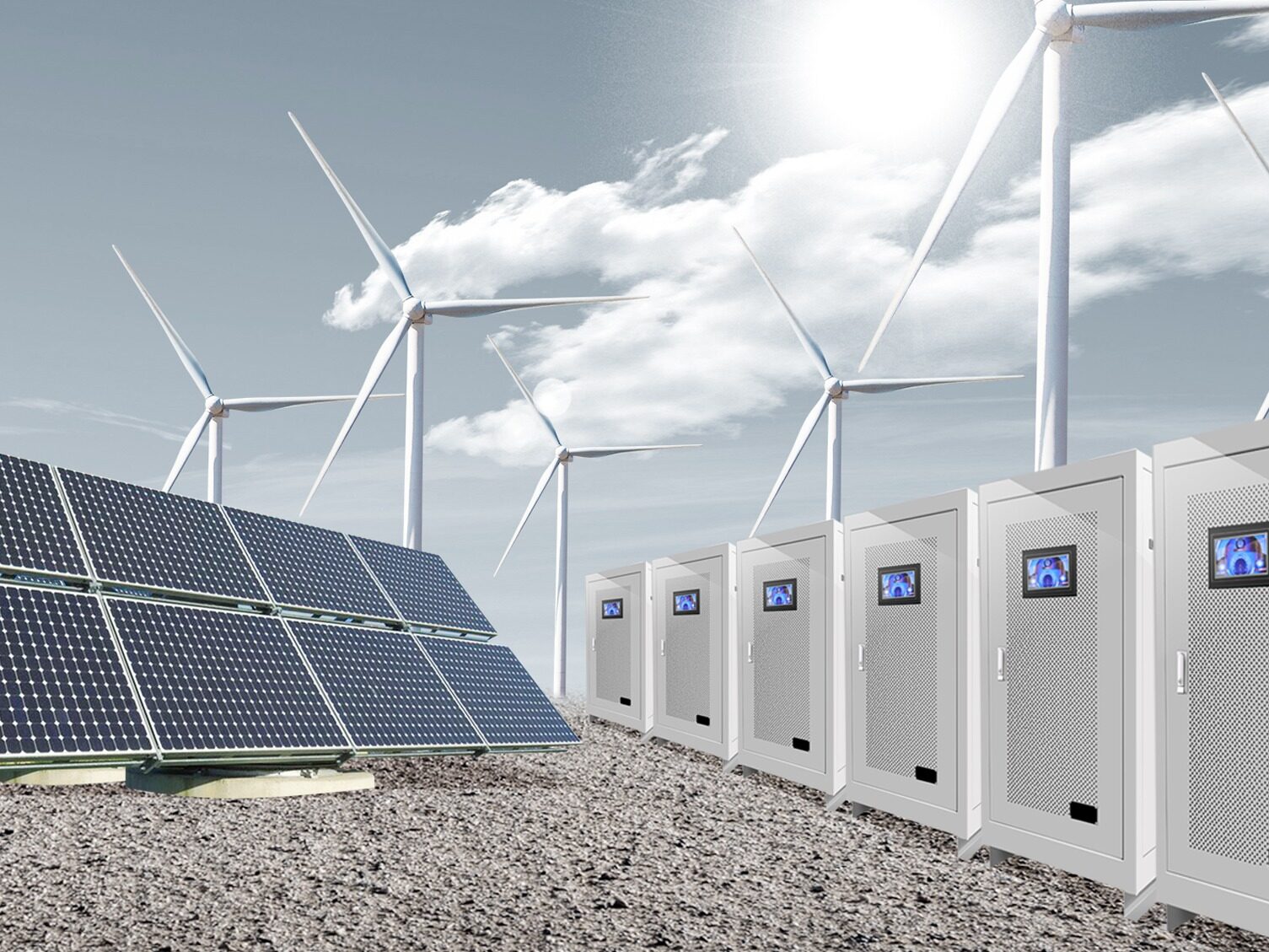







Write something~